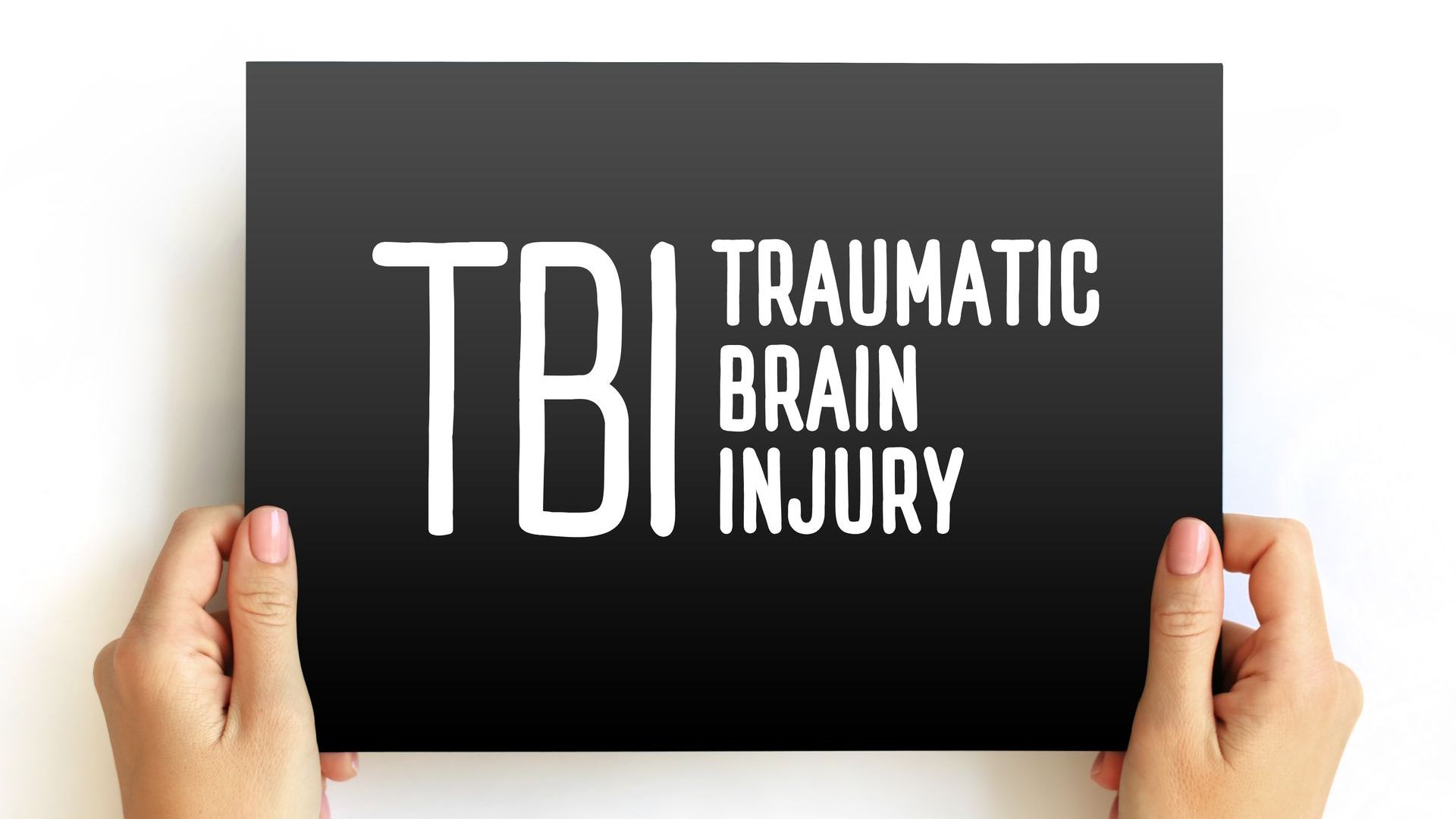Tips for Encouraging Teenagers with a Traumatic Brain Injury (TBI)
Encouraging teenagers with a Traumatic Brain Injury (TBI) can be particularly challenging due to the complexities of adolescence combined with the unique difficulties posed by TBI. However, with the right approach, caregivers, educators, and peers can provide the necessary support and motivation to help these teenagers thrive. Here are some tips for encouraging teenagers with TBI:
1. Establish a Supportive Environment:
- Create a safe and understanding space where the teenager feels comfortable expressing their feelings and frustrations. Open communication is crucial to understanding their needs and challenges.
- Encourage a positive and patient attitude among family members, friends, and educators to foster a sense of acceptance and support.
2. Set Realistic Goals:
- Help the teenager set achievable, short-term goals that build toward larger objectives. Celebrate small successes to boost their confidence and motivation.
- Break down tasks into manageable steps to prevent feelings of being overwhelmed and to provide a clear path to success.
3. Provide Structure and Routine:
- Establish a consistent daily routine to provide stability and reduce cognitive load. This can help teenagers with TBI manage their time and expectations effectively.
- Use visual schedules, planners, or digital tools to help them keep track of activities, assignments, and appointments.
4. Encourage Physical Activity:
- Promote participation in physical activities appropriate for their condition. Exercise can improve mood, reduce stress, and enhance cognitive function.
- Adapt physical activities to their abilities, ensuring they are safe and enjoyable.
5. Facilitate Social Connections:
- Encourage social interactions with understanding peers who can provide emotional support and companionship.
- Facilitate involvement in group activities or clubs that match their interests and abilities to foster a sense of belonging and purpose.
6. Promote Self-Advocacy:
- Teach the teenager to understand their own needs and how to communicate them effectively. This can involve self-advocacy training or role-playing scenarios.
- Empower them to take an active role in their education and rehabilitation plans, giving them a sense of control and responsibility.
7. Utilize Educational Accommodations:
- Work with school personnel to implement appropriate accommodations, such as extended time on tests, note-taking assistance, or modified assignments.
- Ensure that Individualized Education Plans (IEPs) or 504 plans are up to date and tailored to their specific needs.
8. Focus on Strengths and Interests:
- Identify and nurture the teenager’s strengths and interests, whether they are academic, artistic, or extracurricular. This can provide a sense of accomplishment and motivation.
- Encourage exploration of new hobbies or activities that can help build new skills and confidence.
9. Provide Emotional Support:
- Acknowledge the emotional challenges associated with TBI and offer support through counseling or therapy if needed.
- Encourage open discussions about their feelings and validate their experiences to help them process and cope with their emotions.
10. Involve Them in Decision-Making:
- Include the teenager in decisions about their care, education, and activities to foster independence and self-confidence.
- Encourage them to voice their opinions and preferences, making them feel valued and respected.
11. Use Technology Aids:
- Utilize technology aids such as memory apps, organizational tools, and educational software designed to assist individuals with cognitive challenges.
- Teach them how to use these tools effectively to enhance their learning and daily functioning.
12. Maintain Patience and Flexibility:
- Recognize that progress may be slow and nonlinear. Patience and flexibility are essential in adapting to the teenager’s changing needs and abilities.
- Celebrate progress, no matter how small, and remain positive and encouraging even during setbacks.
Supporting teenagers with TBI requires a multifaceted approach that addresses their physical, cognitive, emotional, and social needs. By creating a supportive environment, setting realistic goals, and leveraging available resources, caregivers and educators can help these teenagers build resilience, achieve their potential, and lead fulfilling lives.














